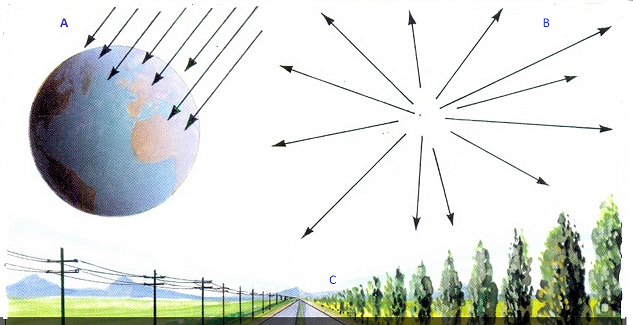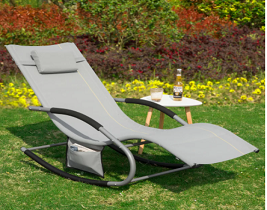
The night of 22/23 April 2025 will be the peak of the Lyrids, one of the most famous prolific meteor showers.

Meteors (also known as shooting stars) are bright streaks of light caused by small lumps of rock or metal called meteoroids hitting the Earth’s atmosphere at very high speed. As they pass through the atmosphere they get heated up by friction to a temperature of thousands of degrees and start to glow. This causes them to emit a streak of light as they move through the atmosphere. Most meteoroids get heated to such a high temperature that they vaporise at an altitude of 50 km or higher and disappear from view. If the meteoroid is large enough, bigger than a few cm in diameter, some of it can survive the passage through the Earth’s atmosphere and the part that hits the ground is known as a meteorite.
What causes the Lyrids?
Comet Thatcher (more formally known as Comet 1861 G1) is a long period comet discovered by the astronomer AE Thatcher in 1861. It takes 415 years to complete a single orbit around the Sun. As it orbits, material crumbles away from its surface. Over a long period of time this ejected material has formed a wide elliptical ring in the same orbit as the comet.
At the same time each year, the Earth passes through this ring of debris. When this happens some of the particles hit the Earth’s atmosphere and this is what causes the Lyrids meteor shower. The debris ring is fairly wide and the Earth first crosses it in mid April and takes until the end of April to get to the other side. The thickest part of it is encountered around 22 April and this is the date on which the Lyrids are at their most prolific.

When is the best time to observe a meteor shower?
The diagram below shows the Earth passing through a cloud of debris.

In the hours after midnight, an observer will be on the side of the Earth facing towards the Earth’s direction of travel as it orbits around the Sun. As a consequence, the Earth will scoop up more meteoroids as it passes through space. The time of day when the most meteoroids arrive near a location on Earth is actually around sunrise but at that time the brightness of the sky makes them difficult to see. In general, the best time of day to observe any meteor shower, is in the early hours of the morning just before it starts to get light
The radiant
If you observe a meteor shower over a period of time, you will notice that if you follow the meteor trails backwards, they all originate from the same place. This is particularly noticeable if you take a series of long exposure photographs and then combine them into a single image. (To do this the camera will have to be mounted to track the Earth’s rotation.) The point in the sky from where the meteors appear to originate is called the radiant. The Lyrids’ radiant lies in the constellation Lyra, which gives the shower its name.
s
The reason why meteors appear to originate from the radiant is because meteoroids enter the Earth’s atmosphere in parallel paths (A). When these paths are projected onto the two-dimensional dome of the sky then they will all appear to radiate from a particular point in the sky (B) and his point is the radiant. This is analogous to looking at along a straight road , the road, trees running parallel to it and structures such as power cables all appear to converge at a point in the distance (C).

Some tips for seeing the Lyrids in 2025
Assuming there are clear skies, 2025 should be a good year to view the Lyrids. On the night of 22/23 April the Moon will be in the waning crescent phase.
In Manchester, North West England, where I live, the Moon won’t rise until 4:30 am, which is about an hour and twenty minutes before sunrise. Having no Moon makes the night sky much darker and the meteors easy to see.
- Choose a place where the sky is as dark as possible. As most meteors are faint, you will see far more against a dark sky.
- Meteors can appear over a wide area and be seen well away from the radiant. So your viewing point should cover as a large an area of sky as possible and shouldn’t be obscured by trees or buildings.
- It is better not to view through a telescope or binoculars (unless you’re using low magnification ultra-wide angle binoculars). The area of sky covered will be small and statistically you will be unlikely to see many meteors.
- Check the weather forecast (apologies if this is too obvious ! 😊 ). If it’s forecast to be cloudy on the night of the 22/25 April its worth trying to observe a day or so earlier.
- Set yourself up in a comfortable position looking high into the sky in a north-easterly direction and, because meteors are not predictable, you will need to wait patiently for at least an hour or so.
Hopefully you’ll get lucky and see some meteors!

The ideal place to sit and view meteors!
And finally….
If you want to find out more, a video on meteor showers is available on the Explaining Science YouTube channel
Published by
Publications and videos
For links to my books and videos please visit www.explainingscience.org
View all posts by Steve Hurley
#Lyrids #Explaining #Science




